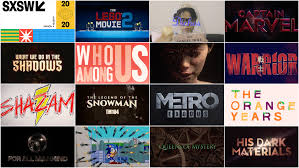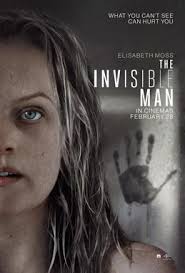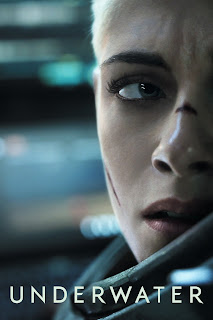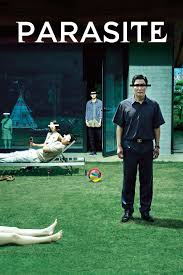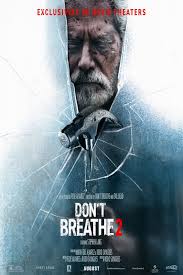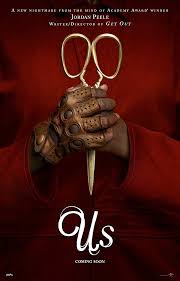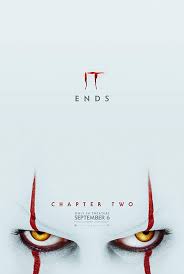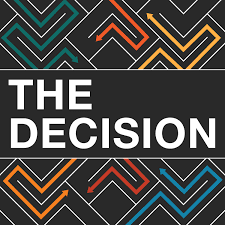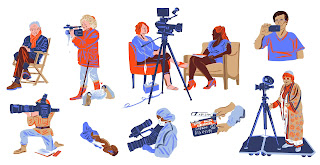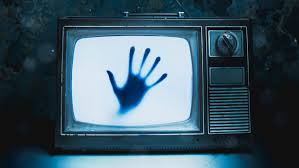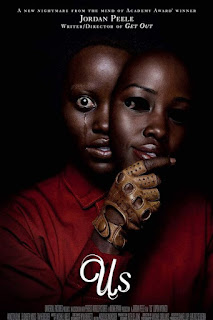Planning Blog: Location, Participants, Health, Schedule, Backup Plan
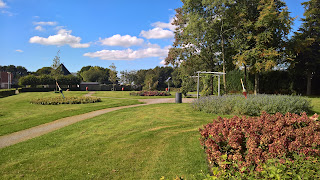
Location: Any local park will be our major location. This will both set the scene of the incident and convey that the characters are normal people who live normal lives Participants: Actors: Nurdlie L - Emma Naturelle D - Claire/person in the hoodie Filming: Naturelle D Editing: Nurdlie L Naturelle D Directing Naturelle D Health: My group’s safety comes first, therefore we are taking all measures to make sure all the actors are safe during filming. My older sister has volunteered to oversee all activities done during the film. For the scene where actress 1 gets killed, she will ensure that there are no dangerous weapons used in the film and have first aid ready just in case, an actor gets hurt during the chase scene. Schedule: On 3/4/22, our group will create a storyboard On 3/5/22, our group will begin the film On 3/12/22, our group will film and make any readjustments to each shot on 3/19/22, our group will begin editing On 4/2/21, our group will film and edit any shots that
